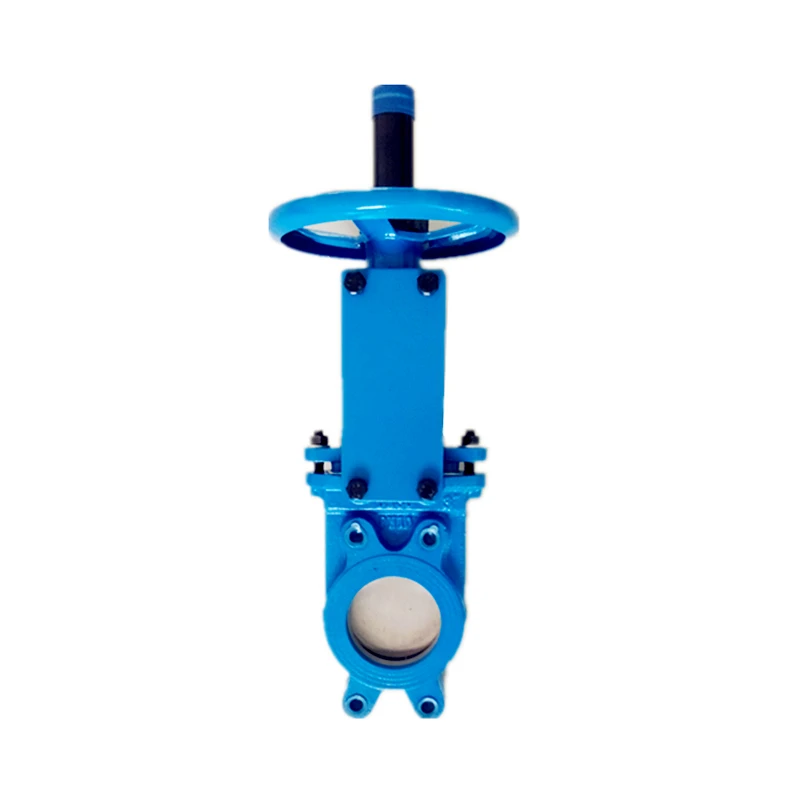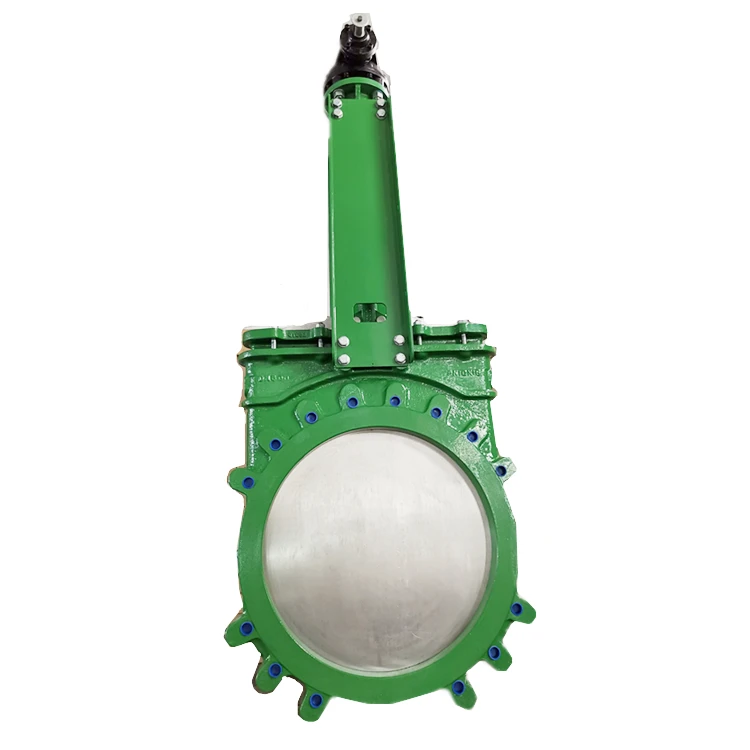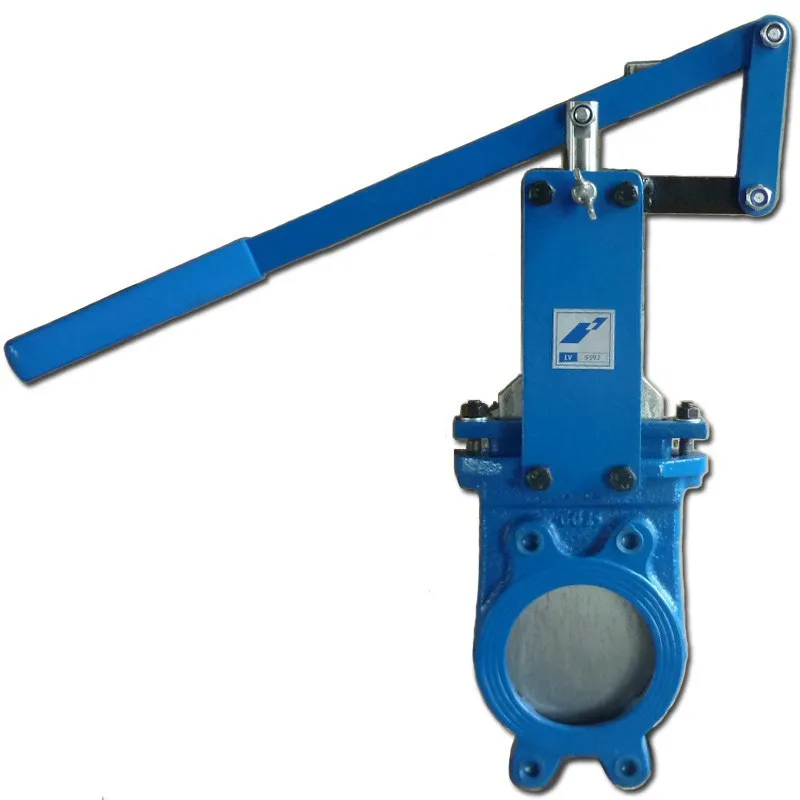Understanding Knife Gate Valve Manufacturers and Their Benefits
Key Takeaways
Knife gate valves play a crucial role in various industries, with numerous manufacturers offering a wide range of options tailored for different applications. These valves are specifically designed for on/off applications and are known for their robustness in handling both liquids and solids. One of the primary advantages of knife gate valves includes their simple design, which allows for easier maintenance and installation. Furthermore, they are highly effective in controlling flow in slurries, making them valuable in sectors such as mining and wastewater treatment. Despite these benefits, there are notable disadvantages to consider, such as potential issues with sealing under certain conditions, as well as vulnerability to wear over time due to abrasive materials.
The assembly process of a knife gate valve is straightforward but requires attention to detail to ensure optimal performance. Proper alignment during installation is essential to prevent leakage and to extend the valve's lifespan. It is crucial for professionals involved with these valves to familiarize themselves with recommended assembly procedures provided by the manufacturers.
In terms of market presence, Canada hosts several key players specializing in high-quality knife gate valves, while China has emerged as a major supplier, offering competitive pricing and vast production capabilities. Professionals engaged in selecting knife gate valves should consider both local options and international suppliers when assessing the best solutions for their specific needs. The insights gathered can aid in making informed decisions rooted in understanding the strengths and weaknesses associated with different manufacturers and models available today.
Understanding the Role of Knife Gate Valve Manufacturers
Knife gate valves are essential components in various industrial processes, playing a crucial role in controlling the flow of fluids, particularly in applications involving slurries and other challenging materials. Knife gate valve manufacturers are vital in ensuring the availability of high-quality valves that meet specific industry requirements. They design these valves to provide excellent sealing capabilities, which is essential for preventing leaks and ensuring operational efficiency.
In terms of performance, knife gate valves offer significant advantages. Their simple design allows for easy installation and maintenance. Furthermore, these valves can handle thick, viscous materials, making them suitable for industries such as wastewater management and mining. The ability to isolate sections of a pipeline without creating excessive pressure drop further enhances their utility.
Despite their benefits, there are some considerations manufacturers must address. Knife gate valves can be prone to wear and tear due to their exposure to abrasive materials. Additionally, improper installation or selection can lead to operational issues such as leakage or valve failure.
Manufacturers focus on innovation and the development of new materials that enhance durability while maintaining functionality. Robust testing protocols ensure that the products meet industry standards before they reach end-users. By collaborating closely with clients across various sectors, these manufacturers strive to deliver tailored solutions catered to specific needs.
The global presence of knife gate valve producers showcases a competitive landscape where North American and Asian players significantly contribute to advancements in technology and manufacturing processes. Prominent knife gate valve manufacturers from countries like Canada and China emphasize innovation while maintaining cost-effectiveness, setting new benchmarks in performance within the industry.
Feature | Description |
|---|---|
Design Type | Simple configuration for easy maintenance |
Material Compatibility | Effectiveness with viscous materials |
Performance Metrics | Minimum pressure drop during operation |
Maintenance Needs | Regular inspections recommended due to wear potential |
Through rigorous quality control measures and continuous improvement strategies, modern knife gate valve manufacturers enhance not only product reliability but also ensure compliance with evolving industry regulations. Their role as pivotal players in this sector is underscored by their commitment to excellence and client satisfaction.
Evaluating the Advantages and Disadvantages of Knife Gate Valves
Knife gate valves offer distinct benefits in industrial applications, particularly where efficient flow control and minimal leakage are paramount. One key advantage is their straight-through design, which promotes unobstructed flow, making them ideal for handling slurries, sludges, and other media laden with solids. This feature provides a significant reduction in pressure drop compared to other valve types. Additionally, the ease of maintenance associated with knife gate valves contributes to operational efficiency. Since these valves can be opened or closed quickly, they are preferred in systems requiring rapid modulation.
On the other hand, certain disadvantages exist. Knife gate valves may not perform as effectively in throttling applications due to their design; they excel in fully open or closed positions but may struggle when partially open. This potentially leads to wear over time from the media being transported. Another concern involves sealing; while knife gate valves can provide effective shut-off against corrosive materials, extreme operational conditions may compromise sealing performance, resulting in leaks if not adequately monitored.
Overall, identifying an appropriate application for knife gate valves necessitates a careful assessment of both their advantages and disadvantages. Understanding these facets is essential to leverage their strengths while mitigating potential drawbacks in various industrial contexts.

A Comprehensive Guide to Knife Gate Valve Assembly
The assembly of knife gate valves involves precision and attention to detail, ensuring optimal performance in various industrial applications. These valves consist of a valve body, gate, and actuator, which work in unison to provide efficient flow control. Proper alignment during assembly is crucial; the gate must slide smoothly within the guides of the valve body.
It's advisable to utilize gasket materials that are compatible with the specific medium being handled, preventing leaks and enhancing durability. According to engineering best practices, these valves should be installed with sufficient clearance around them to allow for maintenance and operation without obstruction.
During assembly, it is important to torque all fasteners to specified values, as improper torque can lead to valve malfunction or failure over time. Utilizing assembly lubricants helps in securing joints and extending the life of the knife gate valve. Regular inspections post-assembly are recommended; checks should include functionality assessments under operational conditions.
"Regular maintenance and correct assembly techniques directly impact the longevity and performance of knife gate valves." This underscores the significance of adhering to rigorous standards during assembly.
In conclusion, understanding each component's role within a knife gate valve allows for effective troubleshooting and maintenance down the line. By following detailed attention to assembly processes, manufacturers can ensure their products function optimally within diverse environments.

Key Players in the Knife Gate Valve Market: Canada and China
In the realm of knife gate valves, both Canada and China stand out as significant contributors to the global market. Each of these regions boasts several manufacturers, known for their innovation and quality. Canadian manufacturers often focus on leveraging advanced engineering techniques and materials that enhance the durability and efficiency of their products. They are recognized for building valves that comply with stringent safety and environmental regulations, making them suitable for various industries, including pulp and paper, wastewater treatment, and mining.
On the other hand, China has established itself as a powerhouse in manufacturing due to its vast production capabilities and competitive pricing. Chinese manufacturers produce a wide range of knife gate valves, catering to both local and international markets. The emphasis on high-volume production allows them to offer cost-effective solutions without significant compromises on quality. Furthermore, many Chinese companies invest in research and development to improve valve performance characteristics.
Understanding the different approaches taken by these key players can provide insight into the global dynamics of the knife gate valve industry. The options available from manufacturers in Canada highlight a focus on quality assurance and tailored solutions, whereas Chinese manufacturers present an agile production model that caters to high demand across various sectors.
Conclusion
Exploring the landscape of knife gate valve manufacturers reveals vital insights into the functionality and market presence of these essential components. Manufacturers offer various models that cater to different industrial needs, maintaining a balance between efficiency and cost-effectiveness. The advantages of knife gate valves include their suitability for on-off service and their capacity to handle slurries and viscous fluids, benefiting many industries such as wastewater treatment and mining. Challenges such as potential leakage in certain applications or limited throttling capabilities highlight some disadvantages that users must consider. Understanding assembly processes is essential for ensuring optimal performance, with precise alignment and secure connections being critical factors during installation. Key players in the manufacturing sector, especially in regions like Canada and China, contribute significantly to the global availability of these valves. Their focus on innovation, quality control, and meeting industry standards enhances the overall reliability of knife gate valves, ensuring they meet various operational requirements effectively. Awareness of market dynamics is essential for professionals selecting the right valve type, emphasizing the importance of thorough evaluation across manufacturers for optimal operational success.

FAQs
What is a knife gate valve?
A knife gate valve is designed to efficiently control the flow of fluids, often used in industries dealing with slurries or solid materials. Its unique design features a sharp blade that slices through the material, providing a tight seal when closed.
What are the main advantages of knife gate valves?
Key advantages include low resistance to flow, a simple operation mechanism, and suitability for handling viscous materials. The design minimizes wear and tear, which is crucial for prolonging service life.
What disadvantages should be considered?
Some drawbacks include limited sealing capability under high pressure and the potential for difficulties in operation with certain types of fluids. Additionally, they may not perform well in high-turbulence applications.
How are knife gate valves assembled?
Assembly typically involves aligning the valve components correctly and securing them using fasteners. Attention to detail ensures that the blade operates smoothly within the body of the valve without obstructions.
Who are key manufacturers of knife gate valves in Canada?
Notable manufacturers in Canada include brands that focus on durability and compliance with international standards, offering custom solutions tailored for various industries.
What about knife gate valve manufacturers in China?
China hosts numerous manufacturers known for their large production capacities and competitive pricing. These companies often innovate to meet global demands while adhering to quality standards.
Are there special maintenance requirements for knife gate valves?
Routine inspection and maintenance are essential to ensure optimal functionality. Lubrication of moving parts and checking seals can help detect any wear before it becomes problematic.




